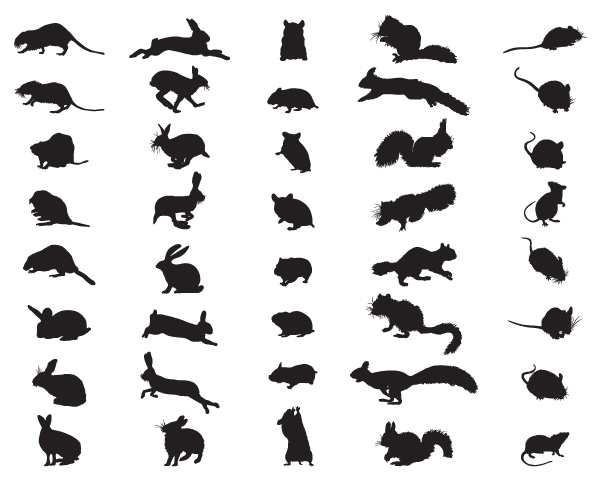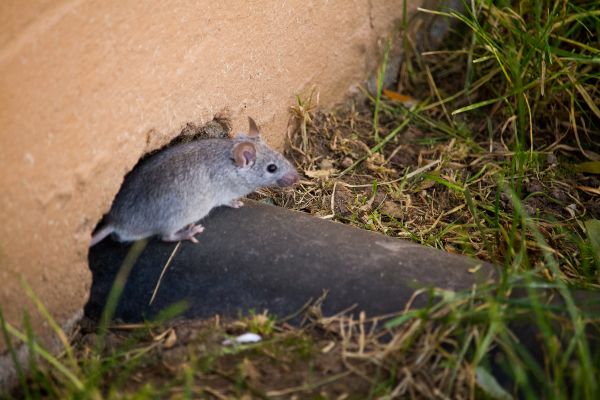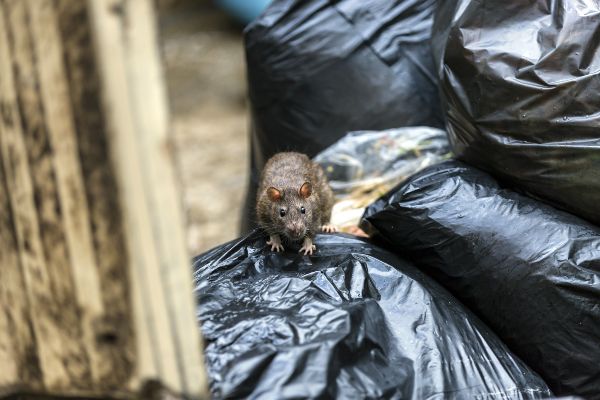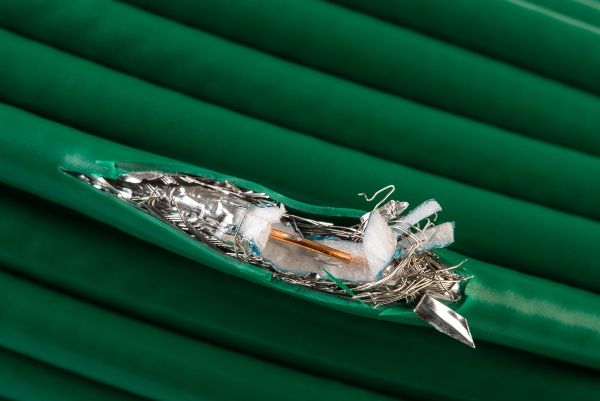Rodent Learning Center
Rodent Identification
1. Types of Rodents in Illinois
The order Rodentia has over 2,000 species, with the largest family being Muridae, which covers almost two-thirds of all rodents. In the United States, nearly 14.8 million households report seeing rodents every year, and common rodents found in Illinois are:
- Deer mice
- House mice
- Norway rats
- Voles
Deer mice are found in rural areas and can transmit Hantavirus, while house mice can climb well and are known for chewing electrical wires. Norway rats are the most common offenders in rodent infestations and can cause significant damage by burrowing beneath homes. Voles usually inhabit grasslands and cause damage to gardens.
In addition to rats and mice, the Muridae family also includes chipmunks, woodchucks, squirrels, gophers, and porcupines. These animals can also cause significant damage to properties. If you suspect a rodent infestation, it’s best to contact professional rodent exterminators who can identify the type of rodent and provide appropriate treatment.

2. Mouse vs. Rats: Signs of Rodents in the Home
Rodent infestations can be caused by rats or mice, and it is important to distinguish between the two in order to properly treat the infestation.
Rats:
- Are larger
- Have larger droppings
- Can produce up to six litters per year with up to 10 pups per litter
While mice
- Are smaller
- Have smaller droppings
- Can produce up to 10 litters per year with up to 14 mice per litter
However, both species have similar characteristics and can cause significant damage and carry diseases, so prompt treatment is necessary.
Both rats and mice are part of the same family and have chisel-shaped incisors that constantly grow, leading to constant chewing behavior. While mice may seem less threatening due to their small size, both species can cause significant structural damage and carry diseases. If you find yourself comparing rat vs. mouse droppings, that’s a fairly concrete sign that it’s time for professional treatment.

3. Where do Rodents Live?
Rats and mice tend to nest outdoors and only come inside for food and shelter. They can be found in various places inside a property, such as attics, wall voids, basements, and behind appliances. When comparing the habits of rats indoors versus outdoors, it really depends on a species to species basis, Norway rats prefer to burrow in vegetation and along patios, while house mice and deer mice are commonly found in and around trees or beneath logs. Once rodents make their way into a home, they tend to target key areas and use any material to create their nests, making the entire house vulnerable.
Signs of a rodent infestation in a home include:
- Noises in the walls
- Droppings in attics or behind cupboards
- Chew marks on furniture or stored food supplies.
Norway rats are known to burrow underneath the foundation of homes, while house and deer mice tend to seek out dark and undisturbed places to nest, such as inside furniture or behind appliances in kitchens or basements. At the first sign of a rodent infestation, the quicker you act the more damage you avoid in the long run.

4. Dangers of Rodents
Rats and mice are considered dangerous pests due to the extensive damage they can cause to homes and businesses. Both species have destructive behaviors and nesting habits that can lead to serious problems if not dealt with promptly. Rodents will chew on anything they can access, including:
- Wooden furniture
- Electrical wires
- Papers
- Insulation to build their nests
- Walls and insulation in certain cases
Rats and mice are capable of causing widespread damage to businesses by contaminating food supplies and chewing on expensive equipment and machinery. Infestations in homes can also be costly and inconvenient, as rodents can chew through live electrical wires, creating a dangerous fire hazard.
In addition to the dangers of rodent damage, these pests also pose health risks to humans. They can spread potentially fatal diseases and contaminate surfaces with their droppings and urine. This makes rodent infestations all the more important to take seriously,

5. Do Rodents Bite?
When asking if rats bite, you’re likely responding to their prominent incisors that look prime for attacking. But, in most cases, you don’t have to worry about rats or mice biting. These rodents would rather flee than confront people. Nevertheless, it is important to be aware of the basics regarding rat and mouse bites. Rodent bites are rare and occur when the animal feels threatened or is rabid. Mice are less likely to bite than rats, and rodent bites can transmit diseases, though they rarely become infected. The bites can cause pain, redness, and swelling.
If a rat or mouse feels cornered or in danger, it may bite. Rat bites can range from shallow to deep, and may draw blood. However, the primary concern with a rodent bite is the possibility of contracting a disease. Symptoms of rodent bites include:
- Redness
- Swelling around the bite
- Mild pain
- Bacterial infection
- Muscle aches
- Joint pain
- Vomiting
- Fevers
- Rashes
- Ulcers
Some deer mice carry Hantavirus, and rat-bite fever is a risk for those bitten by rats. So if you’ve noticed a bite and start feeling any of the above symptoms, it’s crucial to get medical treatment and pest control for your property.

6. Which Rodents Carry Diseases?
Rodent infestations are a cause for concern due to the diseases that rats and mice carry and transmit. These diseases can be spread directly through exposure to infected droppings, urine, or bites, or indirectly through infected ticks, mites, or fleas. Worldwide, rodents spread over 35 major diseases, including Hantavirus, Salmonellosis, and Bubonic Plague.
In Illinois, and around the world, four main diseases cause the most concern: Hantavirus, Salmonella, Rat-bite fever, and Bubonic plague. These diseases can be fatal if left untreated and can be transmitted directly or indirectly. Food industry workers take precautions to prevent rodents from contaminating surfaces and keep food safe. Despite these efforts, Salmonella remains one of the most common diseases contracted by people after contact with rodents. Symptoms of rodent-borne diseases can range from mild to serious, including:
- Shortness of breath
- Muscle pains
- Fever
- Headache
- Ulcers
- Dizziness
- Abdominal problems
If you experience any of these symptoms after contact with rodents, seek medical attention immediately.




